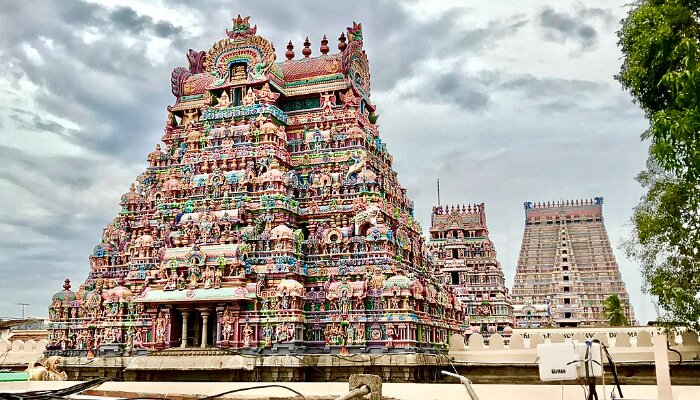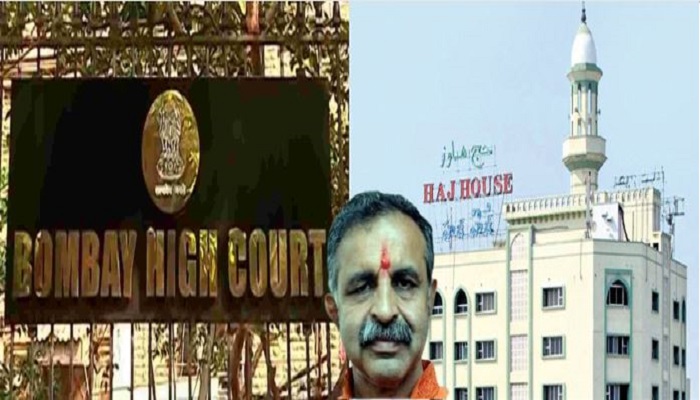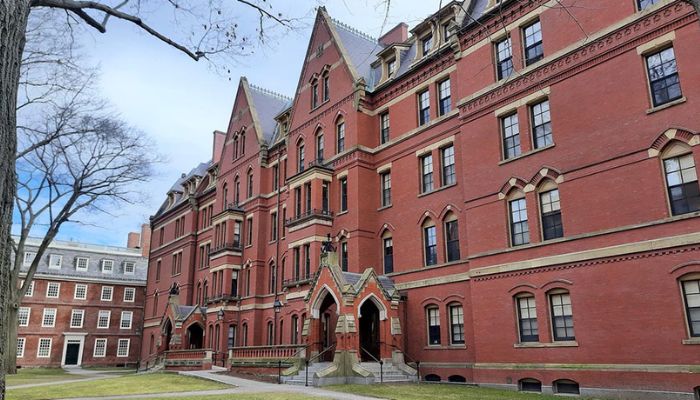Tamil Nadu: Portion of Srirangam Temple wall collapses; none hurt

[ad_1]
A section of Srirangam Sri Ranganathaswamy Temple’s east entry tower collapsed in the early hours of 5 August in Trichy, Tamil Nadu. There were no people at the temple when the tragedy happened. The accident, therefore, didn’t result in any injuries. However, it has left an impression of shock among the devotees.
The incident transpired at around 2 a.m. as repairs were carried out on the first and second-level compound walls of the temple entrance. When an area of the first-level wall collapsed at the temple, maintenance was underway to mend the cracks in the first and second-level compound walls.
VIDEO | A portion of one of the towers in the eastern entrance of Sri Ranganathaswamy Temple in Srirangam, Tamil Nadu collapsed earlier today. pic.twitter.com/3X7g36MEkE
— Press Trust of India (@PTI_News) August 5, 2023
Members of the temple committee informed that a part of the stone facade at one of the temple’s towers gave way and plummeted to the ground.
Following the episode, crews from the police and other agencies flocked to the area to clear the debris. The occurrence, nevertheless, sparked anxiety among the followers. It has upset the populace even more because Saturday is believed to be an auspicious day for Lord Ranganathar.
Sri Ranganathaswamy Temple
Sri Ranganathaswamy Temple is a Hindu temple dedicated to Ranganatha (a form of Vishnu) on an island between the Kollidam and Kaveri rivers in Tamil Nadu. It is constructed in the Dravidian architectural style, the temple is glorified by Alvars in their Naalayira Divya Prabhandam and has the unique distinction of being the foremost among the 108 Divya Desams dedicated to the god Vishnu.
It is the most illustrious Vaishnava temple in South India, rich in both legend and history. The temple has played a significant role in Vaishnavism history, starting with the 11th-century career of Ramanuja and his predecessors Nathamuni and Yamunacharya in Srirangam.
It was looted and destroyed by the Delhi Sultanate armies in a broad plunder raid on various cities of the Pandyan kingdom in the early 14th century. It was rebuilt in the late 14th century, and the site was fortified and expanded with many more gopurams in the 16th and 17th centuries.
It was one of the hubs of the early Bhakti movement with a devotional singing and dance tradition, but this tradition stopped during the 14th century and was revived in a limited way much later.
The religious place occupies an area of 155 acres (63 ha) with 81 shrines, 21 towers, 39 pavilions, and many water tanks integrated into the complex making it the world’s largest functioning Hindu temple. The temple town is a significant archaeological and epigraphical site, providing a historic window into the early and mid-medieval South Indian society and culture.
Numerous inscriptions suggest that the Hindu temple served not only as a spiritual centre, but also as a major economic and charitable institution that operated education and hospital facilities, ran a free kitchen, and financed regional infrastructure projects from the gifts and donations it received.
[ad_2]
Source link



